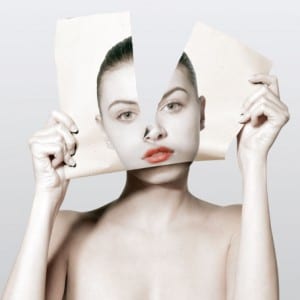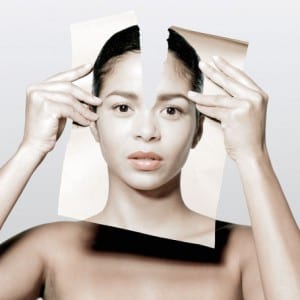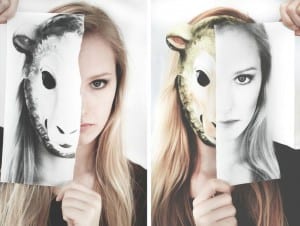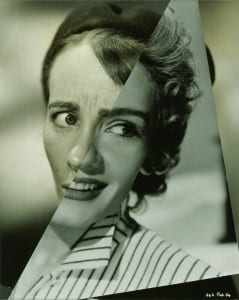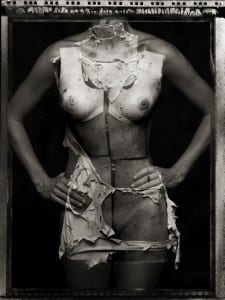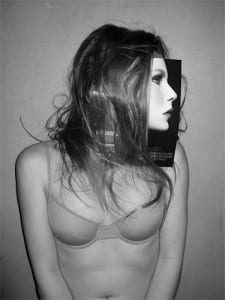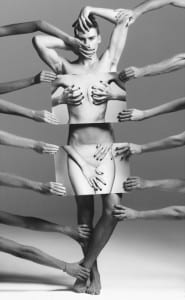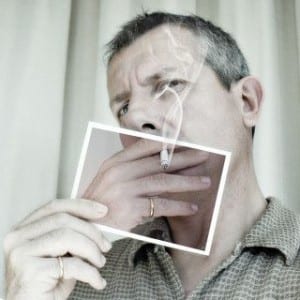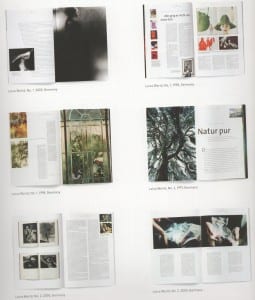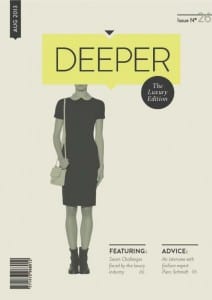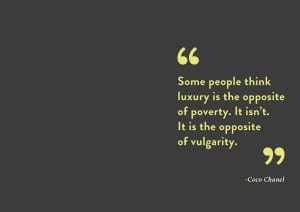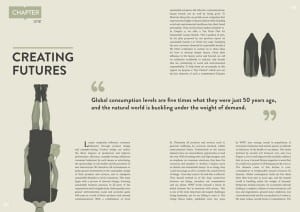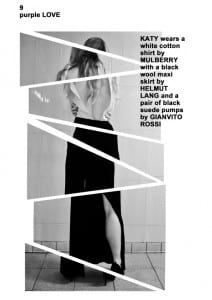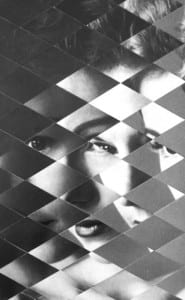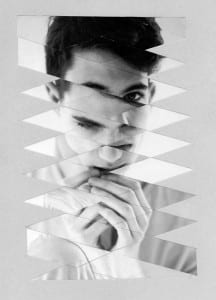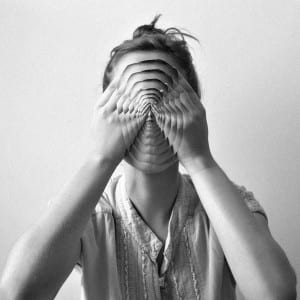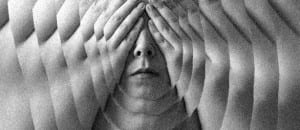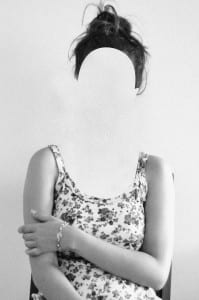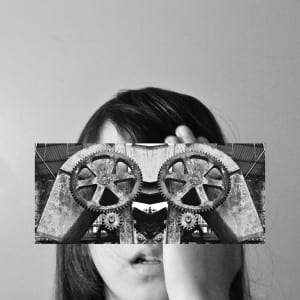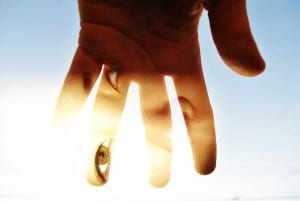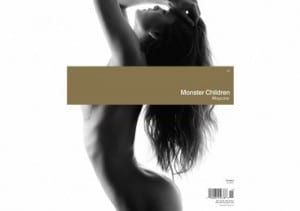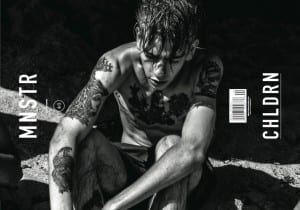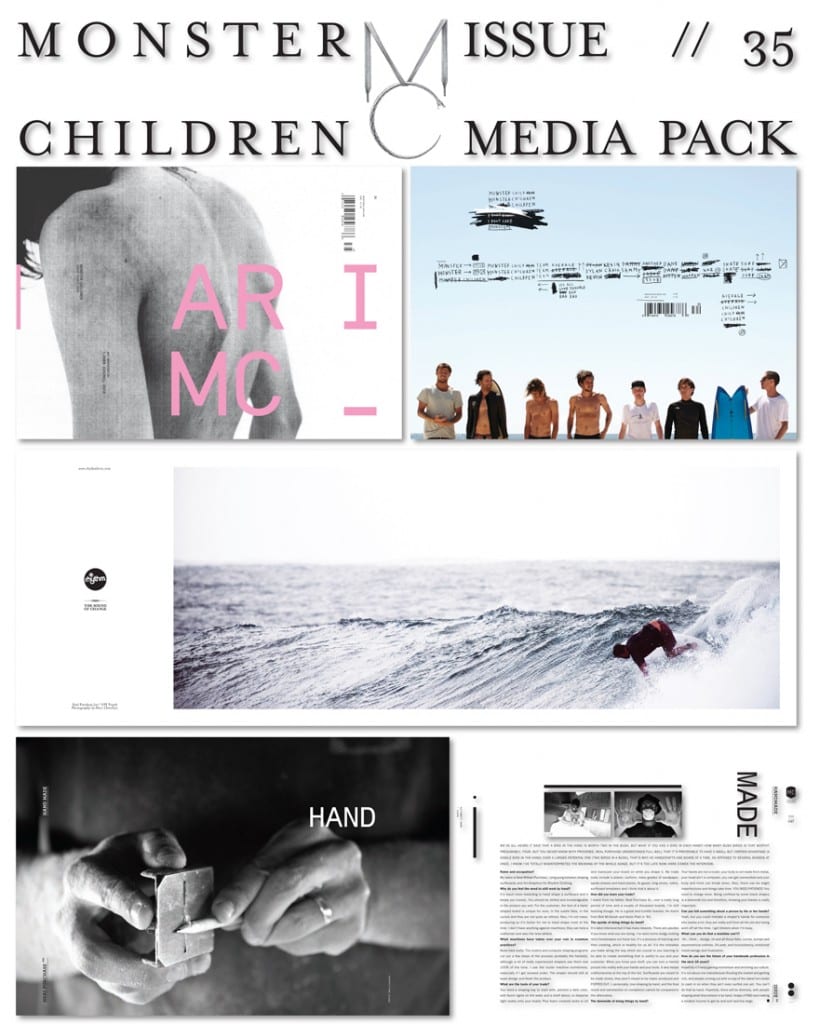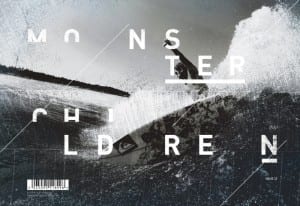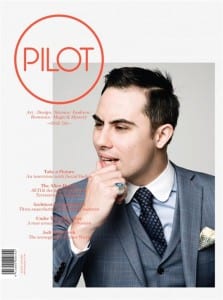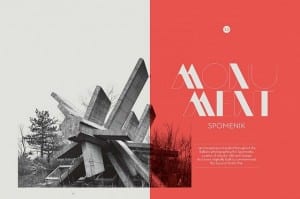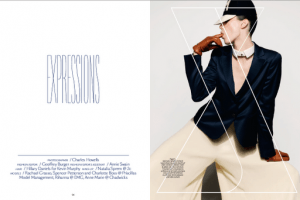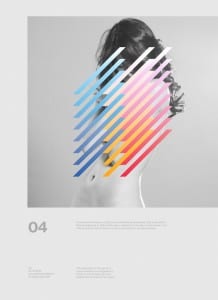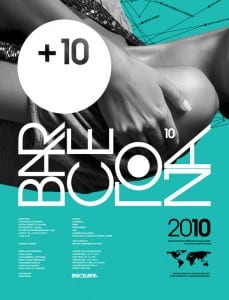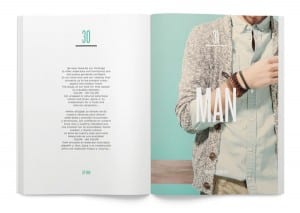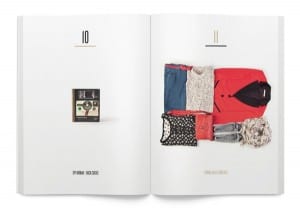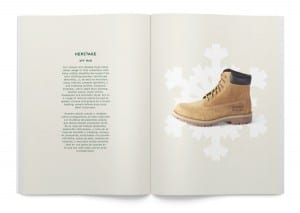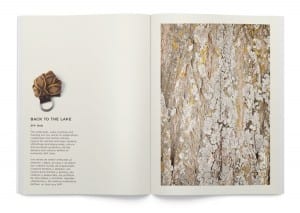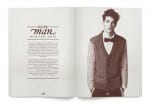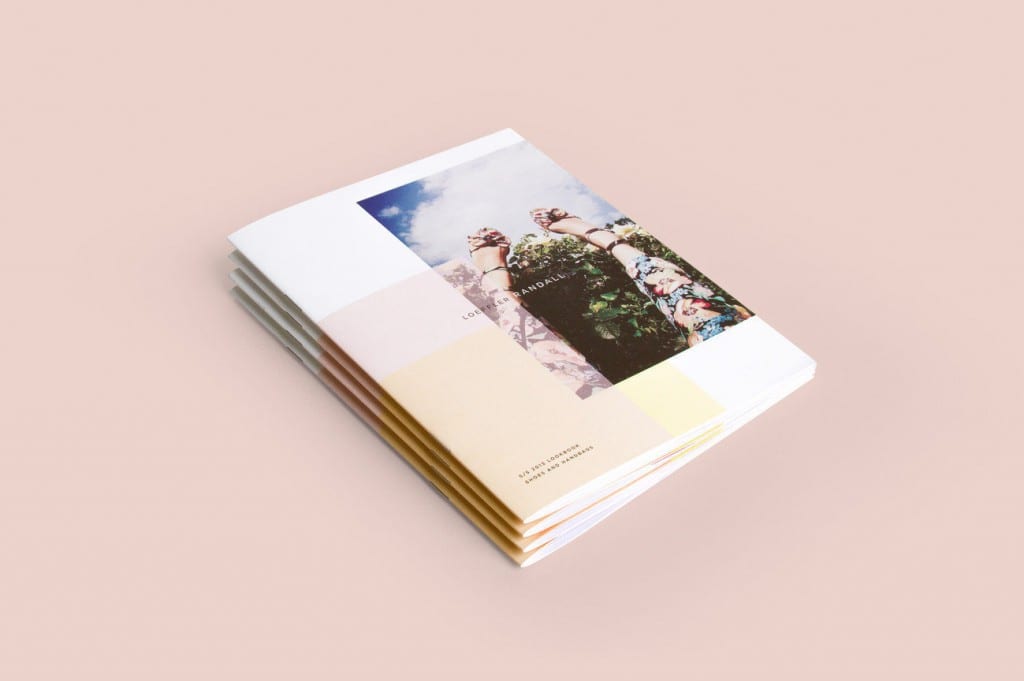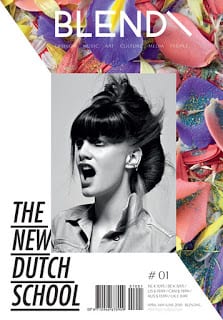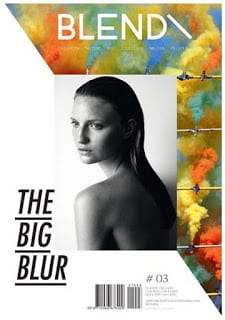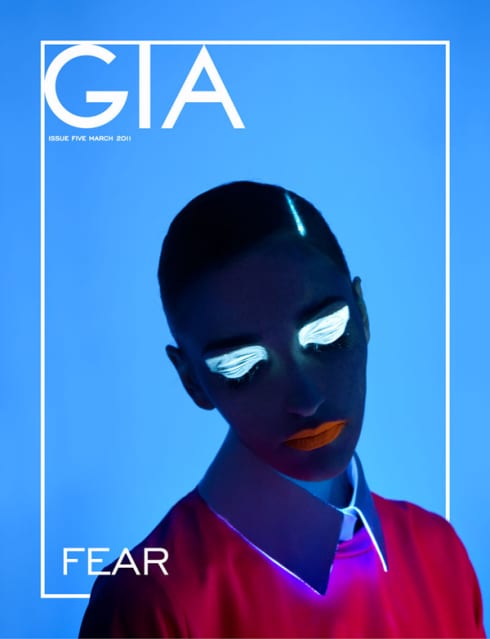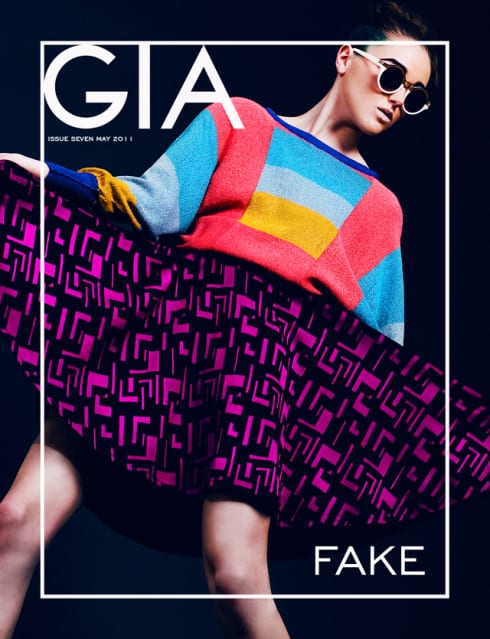For our magazine design brief I am writing an article on mannequins and models and their effect body image. I have looked at the following websites for research into the topic and might quote some of the articles too.
Below I have summarised each source, to show how it has informed me in writing my article:
Depleting Body Image: The effects of female magazine models on the self-esteem and body image of college-age women.
This article was a study on women at a University in America, ages 18-24 and the effects models in magazines have on their view of their own bodies, with facts and figures to show findings. Many women wanted to look the magazine models but knew that to have bodies like theirs would be unhealthy and that these women rarely portrayed an unrealistic body image for women.
Authors: Mary-Signe Chojnacki, Christina Grant, Kathryn Maguire, Katie Regan
Source: http://www.ssc.wisc.edu/~jpiliavi/357/body-image.htm
Fashion industry has forced unrealistic image on women, says leading designer
This article shares how designer, Giles Deacon criticised the fashion industry’s obsession with skinny models and believes they portray an unrealistic view of women. He shared that characteristic should be more important, in his opinion.
By Kate Finnigan and Patrick Sawer – 12 Feb 2011
Source: The Telegraph
It’s an ad, but Dove’s Real Beauty campaign is a gamechanger
Dove’s campaign for real beauty challenged women’s perceptions of themselves, to stop being their own worst enemies and start loving their bodies/see the positives. The article shares how there is a lack of “real women” advertising clothes etc and this campaign was a good example of using ‘real’ women in adverts, encouraging women not to conform to an idealised beauty and enjoy life.
By Lianna Brinded – Sunday 21 April 2013
Source: The Independent
Will an Agency for “Normal Sizes” Models Actually Work?
Few women see themselves reflected in adverts, we see skinny models and plus size models, this article asks, what about the women in between?
by Cheryl Wischhover – January 30th, 2012
Source: Fashionista
The fall and rise of mannequins that look like real women
This BBC article about mannequins and their history is very interesting background reading and shares how Debenhams are beginning to use size 16 mannequins, a more realistic female body shape? We want to see models and mannequins that look more like themselves, because that sends a more positive message about body image.
By Lucy Wallis – 22 January 2014
Source: BBC news
These disabled mannequins will make you rethink beauty
A video was created to show mannequins of disabled models to see how people reacted. This was very interesting in seeing how we respond to being faced with mannequins/models that don’t adhere to the standards we’re used to. It also challenged people that is mannequins and models show the ‘ideal’ bodies, then are these people the wrong body shape? Or are we just very superficial?
By Joe Shute – 09 Dec 2013
Source: The Telegraph
‘Disabled’ Mannequins Remind Us That Beautiful Doesn’t Mean ‘Perfect’
Following on form the last article, this one asks why can’t mannequins be based on real people, as it raises awareness of people with disabilities, especially in this industry. It’s a very thought provoking campaign.
By Ellie Krupnick & Rebecca Adams – 12/03/2013
Source: Huffington Post
Why Mannequins must reflect us
This article shares how we are sold unattainable beauty and that most women don’t fit the narrow ideal body shape of the models and mannequins we are surrounded by. It includes the outcome of a study that showed women react better to mannequins that look more like themselves, which they can identify with, concluding that mannequin size affects consumers and their purchasing intentions.
by Sharon Haywood – 2011
Source: Horizons (Women’s news and feminist views)
Fashion vs. Unrealistic Body Images
This blog begins stating that models today weigh much less than the average woman, than they did twenty years ago. The fashion industry bombards us with the message that we’re not the right size and need to be thinner. We judge ourselves by the beauty industry’s standards, who show the female body as an objects that needs to be perfected. Beauty becomes an artificially created impossible standard used to sell products to women who feel insecure about the way they look.
By: Montana Sclavos
Source: Fashion vs Unrealistic Body Images
Victoria’s Secret model feels guilty for promoting unattainable body ideal:
Cameron Russel is a Victoria Secret Model who realises that in her job, she promotes a beauty standard that most of us fail to attain and that young girls shouldn’t hope to be models, but smart and accomplished.
By Samantha Chang – March 29, 2013
Source: The Examiner
Looks aren’t everything. Believe me, I’m a model:
Cameron Russel’s Ted Talk, which is what the above article was taken from, shared how pictures of her on photo shoots are not ‘of her’, but constructions created by professionals. She also commented that models are the most physically insecure women, because they have to think about their bodies and looks constantly.
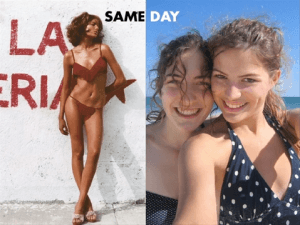
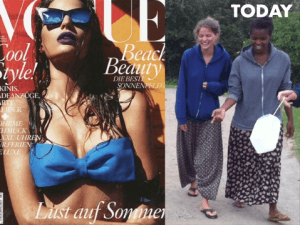
Cameron Russell – Jan 2013
Source: Ted Talks
Body Gossip puts spotlight on models and body image
A campaign group are challenging retailers to use a wider range of models and trying to get the government to support young women with this. They don’t point blame on the models, but those making the decisions to use very skinny models that are everywhere we go and it effects how young women (especially) look at themselves. The article includes a quote from ‘Body Gossip’ co-ordinator, Natasha Devon, that they want to see models of all body types, not just skinny and plus-size.
By Jane Martinson – Friday 11 October
Source: The Guardian
Plus-Size Model Editorial Says Runway Models ‘Meet the Physical Criteria for Anorexia’
by Cheryl Wischhover – January 10th, 2012
In 2012 ‘Plus Model Magazine’s January issue controversially showed images of a small and plus-sizes model embracing, naked. This was to challenge how we think about models and body image and came off the back of much recent discussion on model’s size, age and gender.
Source: Fashionista
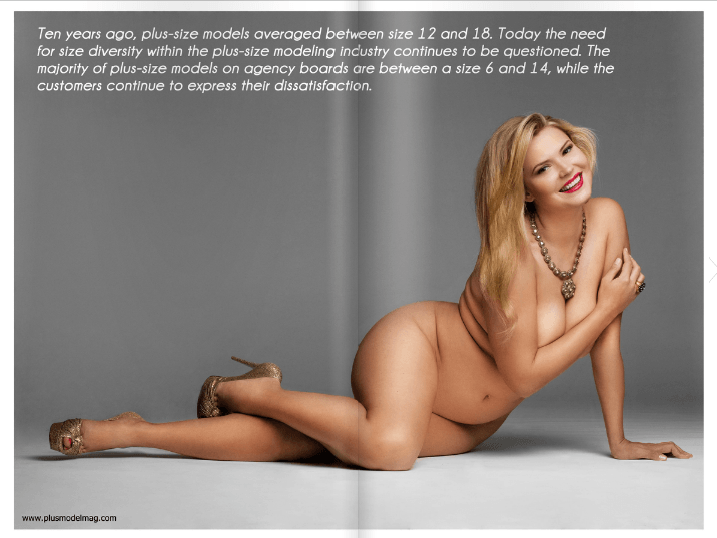
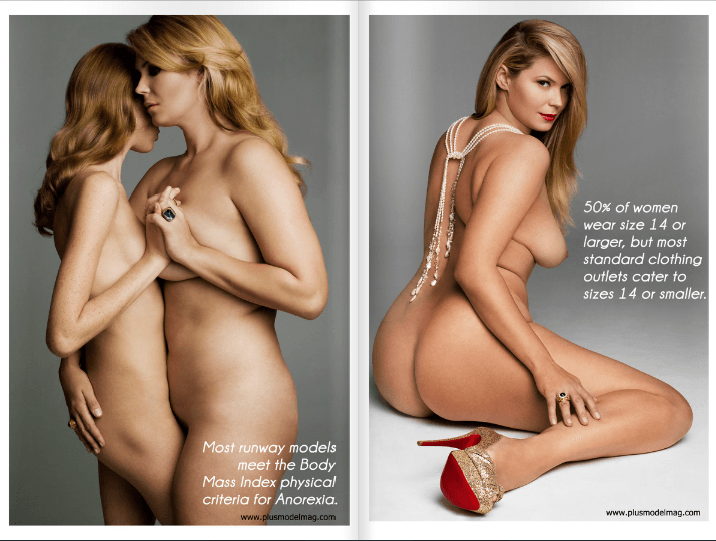
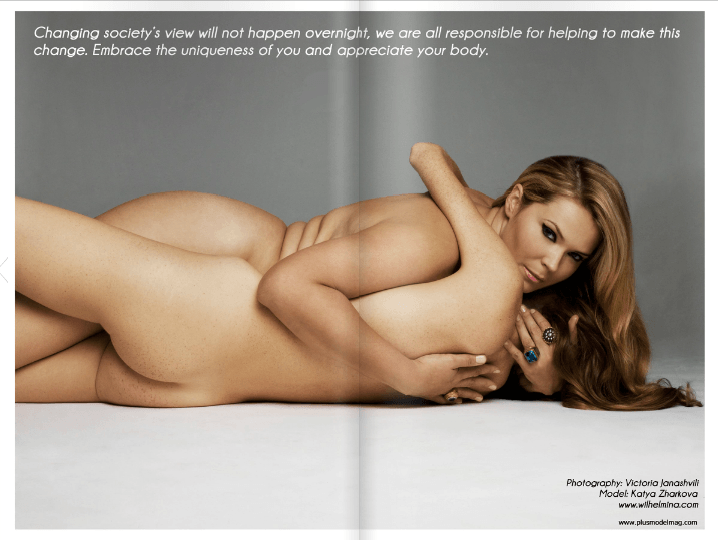
Images/spreads from: issuu
Healthy is the New Skinny
Katie Halchishick, a plus-sized model and founder of ‘Natural Model Management’ was on ABC news promoting her campaign to build a better body image. That we should alter our mentality to focus on being healthy, rather than wanting to be skinny and like the models we see. She believes that a way to alter this mentality is through using models that are a variety of sizes, helping women to be happier with the body size they are.
Katie Halchischick – 01/19/2012
Source: ABC news
Models vs. Real Women: Growing Body Gap
A news report on ABC exploited the fact that standard fashion models today are getting thinner and thinner and that 80s supermodels wouldn’t meet the standards these models have to meet. It seems crazy that as the average American woman gets bigger, fashion models get smaller and the fashion industry is perhaps to blame.
01/12/2012
Source: ABC news
WHY SHOP MANNEQUINS DON’T REPRESENT AVERAGE WOMEN
A cosmetic company’s blog asked women if it frustrates them when clothes fit mannequins so well, but don’t look as appealing on themselves. Although they use this to promote their products, they raise a good point that we can’t even try to compete with shop dummies in size and shape, as we are various sizes and some things we can’t change.
19 November 2013
Source: Liberate Cosmetic Surgery
Is fashion FINALLY getting realistic-looking models? Meet the beauties signed to the first agency that doesn’t distinguish between sizes
JAG, A new modelling agency in New York in 2013 made a policy to not distinguish between sizes and represents women who are larger than the standard model size. One of their models was used in a H&M swimwear campaign showing positive changes in modelling when it comes to ‘the right size’. Why do we even have ‘plus-size’ models and not just ‘models’? JAG know that women want to see ‘real’ and more ‘normal’ models, sending a message of confidence instead of insecurity.
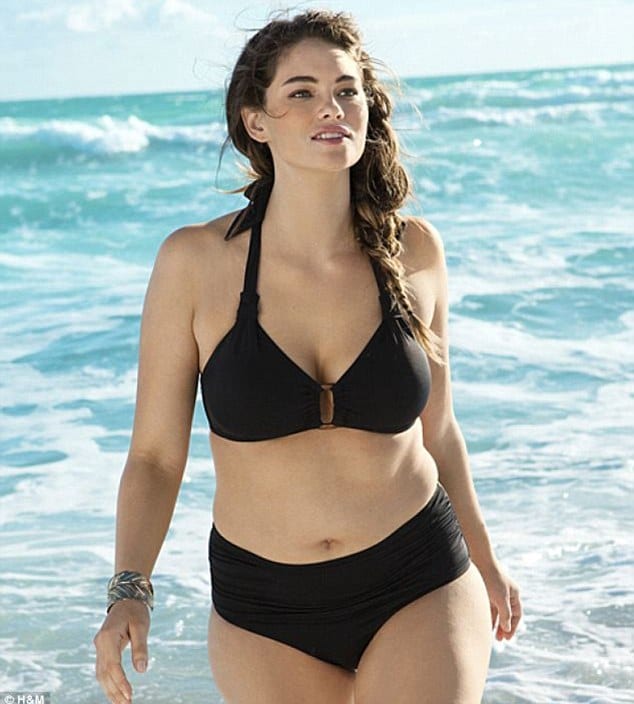
By Margot Peppers – 20 August 2013
Source: Daily Mail
The WOW Factor:
‘Kate Upton – down-home girl, Youtube sensation, bombshell – is taking on the world of high fashion. Prepare to be amazed, says Sarah Harris. Photographs by Alasdair McLellan.’
Inside Vogue UK’s January 2013 issue contained an article on model Kate Upton, who stands out from conventional fashion models for her size and height. She became an ambassador for a healthier model look, promoting a healthier approach to body image in the fashion industry. For these reasons it was quite exciting to also see her face (and body) on the cover of this issue also.

Source: Vogue: January 2013 issue
